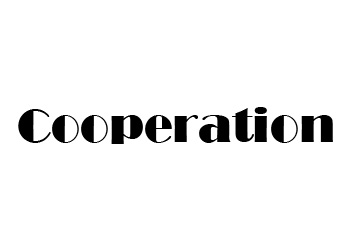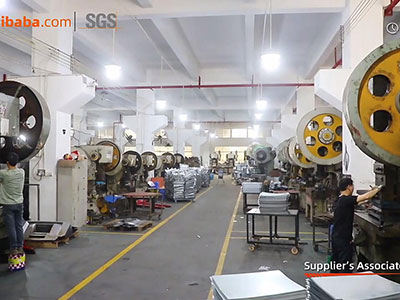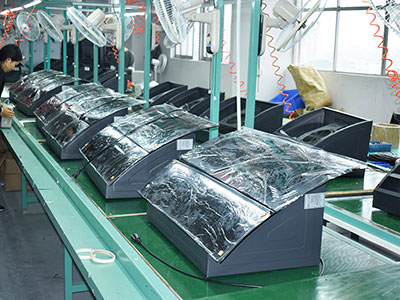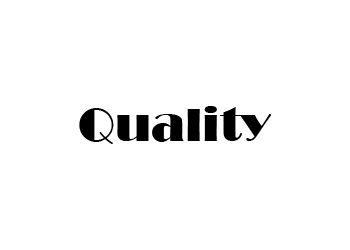Contact Us
Tel:0086-75728363247
Fax:0086-75728363247
Mob:0086-13824524348
E-mail: ufaun@ufaun.com
Add:3th floor building D,No.33 Chanbao road ,Huakou,Ronggui town, shunde ,Foshan city, China
Types 2018-06-19
1 Undercabinet Hoods
These mount under the bottom of a wall cabinet. Ductwork inside an adjoining wall, chase, soffit, or ceiling can exhaust smoke and fumes to the outside. In a few models, a shallow hood slides out of the upper kitchen cabinet when you need it. Typical kitchen cabinets extend only about halfway across the stove, so this extension routes steam and smoke away from cabinet faces and back toward the suction end of the range hood. This design steals cabinet space, but might be the only choice for those who cannot achieve the recommended stove-to-hood clearance with a standard under-cabinet-hood design.
2 Wall-Chimney Hoods
Wall-chimney hoods work where there are no cabinets over the range and mount with exposed vent stacks on the wall to vent to the outside.
3 Island Hoods
Island hood These are mounted to and vented through ductwork in the ceiling. They lack a wall or cabinets alongside them to help funnel fumes so should be wider than the cooking surface.
4 Downdraft Hood
These try to reverse the direction of rising smoke and fumes and exhaust them through ducts running beneath the floor. Our past tests found they were among the least effective at removing smoke and steam. While they can be used anywhere in the kitchen, their main application is in islands where it might not be possible to route ductwork through the ceiling.
Previous: Number of Fan Speeds
Next: Install It Properly









